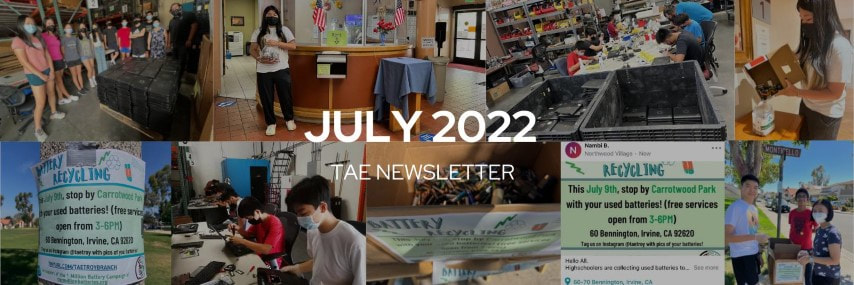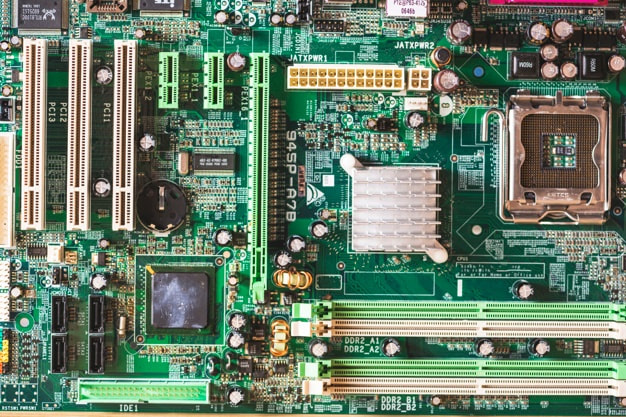|
In 2018, Canada’s households reported almost 11 million tons of incinerated and trashed waste – which averages 725kg per household. Despite this extravagant number, only 1% of this amount was diverted from landfills that year. When looking at electronic waste specifically, the numbers aren’t much better: only 38% of dead electronics avoid the landfill in Ontario. Given that Ontario is one of the few provinces across Canada that has implemented recycling regulations, why isn’t this number lower?
The answer to this question lies in Canada’s current treatment towards e-waste. A Statistics Canada survey compares different recycling methods taken by households that had e-waste to dispose of in 2017 and 2019. Of those 6 results, sending the waste to a depot center is still the most frequented option of disposal in both years, averaging a 4.5% increase across electronics, with the most disposed products being monitors, printers, and AV equipment at 65% in 2019. It’s great news that households are becoming more aware of proper disposal methods, but there is still a long way to go before this number can truly be called efficient. While recycling is one of the primary ways to diminish the environmental damage that e-waste brings, looking at ways to reduce waste is more effective, as it tackles the problem at its base rather than dealing with its side effects. The second most popular option for these households was to continue holding onto them – this averaged 21% of the households in 2019. This is quite a large percentage of electronic waste, which the Ontario government recognizes as something to improve upon. Effective January of 2021, the government introduced a regulation in 2020 that holds producers financially responsible for their products’ waste. The Resource Productivity and Recovery Authority (RPRA) is tasked with monitoring producers to ensure their continuous cooperation, which will force producers to take a greater part in reducing costs and educating consumers. A prime example of this encouraged corporate responsibility is Nokia. The company plans to collaborate with small business Greener Acres Inc. to use recycled electronic waste to produce and distribute smart poles of high speed internet across the province – starting from 2019, this is predicted to nearly halve energy usage across Nokia products. There’s been no update on this project since then, but we remain hopeful that this plan comes to fruition. This innovation is highly encouraged by Ontario’s new policy, which not only incentivizes consumers to send their old electronics towards a useful cause but also begins reducing the amount of e-waste in the market. This is just the first step of many in the right direction of e-waste management and hopefully, into a future of zero waste in Canada. Written by Grace Gan, Ontario, Canada Tags:
|
Categories
All
Post Time
September 2023
|



